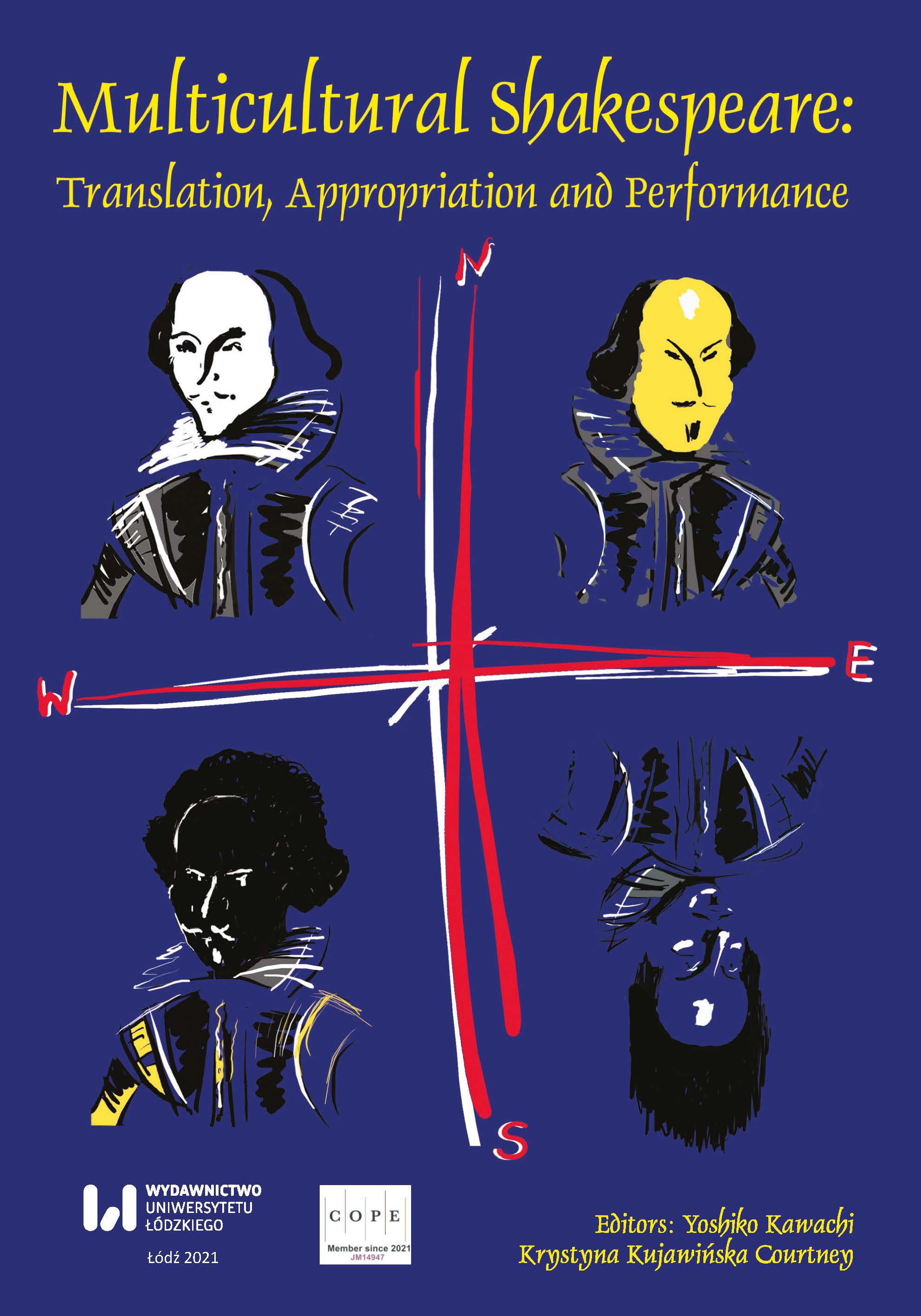The Readers of 17th-Century English Manuscript Commonplace Book Hesperides, or the Muses’ Garden
The Readers of 17th-Century English Manuscript Commonplace Book Hesperides, or the Muses’ Garden
Author(s): Tianhu HaoSubject(s): Language and Literature Studies
Published by: Wydawnictwo Uniwersytetu Łódzkiego
Keywords: William Shakespeare; Hesperides, or the Muses’ Garden; commonplace book; readers; Humphrey Moseley; James Orchard Halliwell-Phillipps; manuscript study
Summary/Abstract: Hesperides, or the Muses’ Garden is a 17th-century manuscript commonplace book known primarily for its Shakespearean connections. The readers of Hesperides generally combine reading and thinking, or reading and writing. Though few, Hesperides is not without its “fit audience.” In addition to the few modern scholars who have examined the manuscripts, the actual known readers of Hesperides include Humphrey Moseley the 17th-century publisher, James Orchard Halliwell-Phillipps in the Victorian period, and a late-18th-century anonymous reader. The last of this group copies Shakespearean and dramatic extracts into the commonplace book and is identified through internal evidence based on paleography. The intended readers of Hesperides, including the Courtier, would make use of it as a linguistic aid, to learn how to speak and write well from literary models. They take the commonplace book as a reference library.
Journal: Multicultural Shakespeare: Translation, Appropriation and Performance
- Issue Year: 23/2021
- Issue No: 1
- Page Range: 197-209
- Page Count: 13
- Language: English

